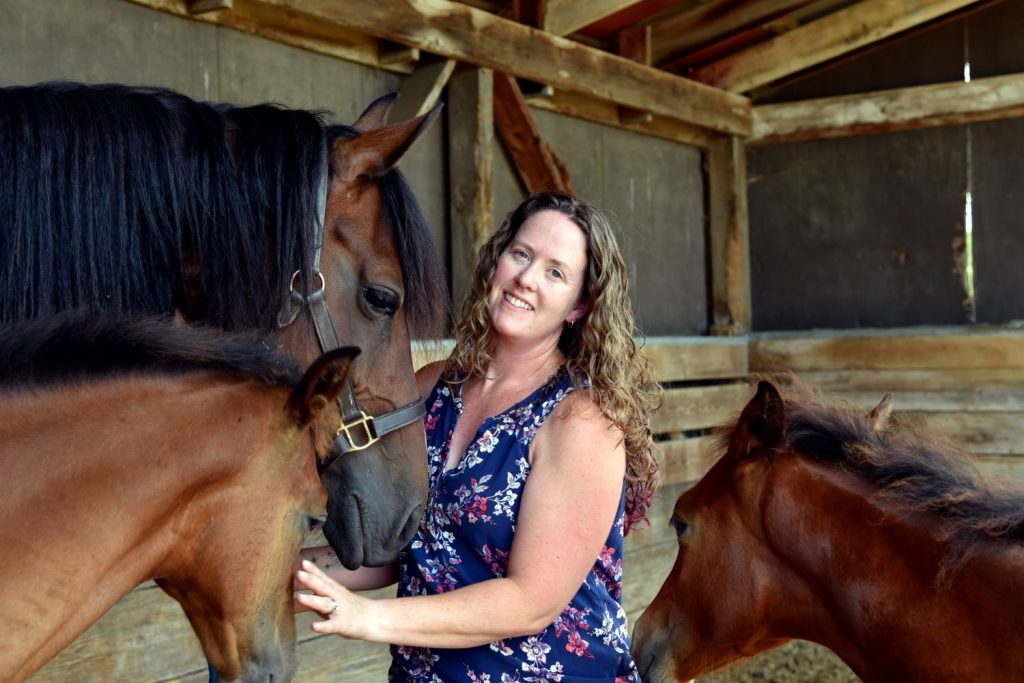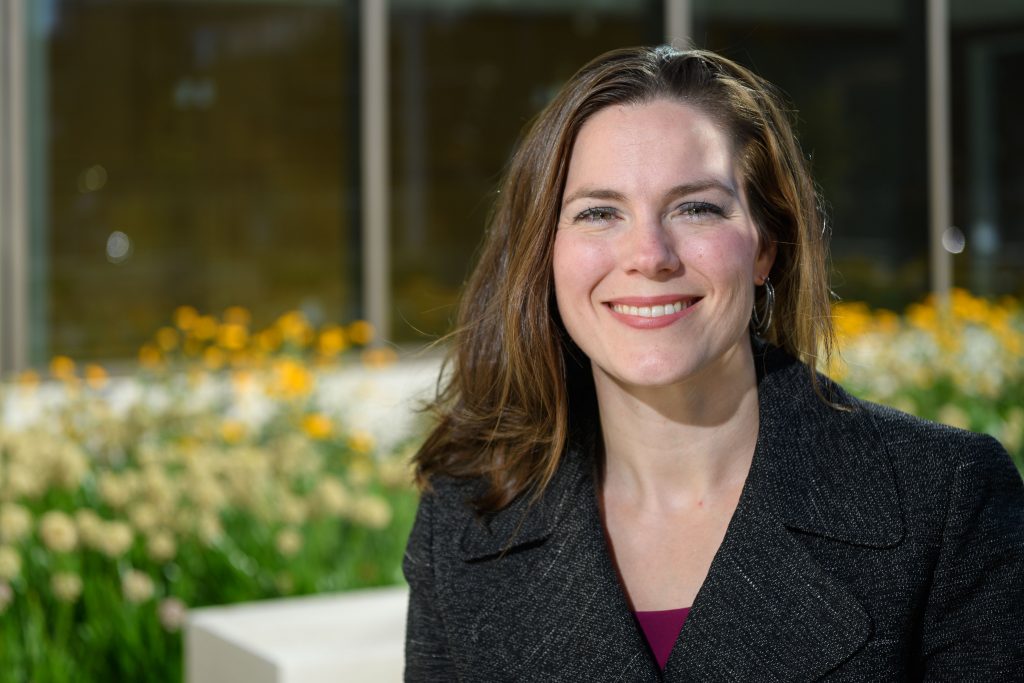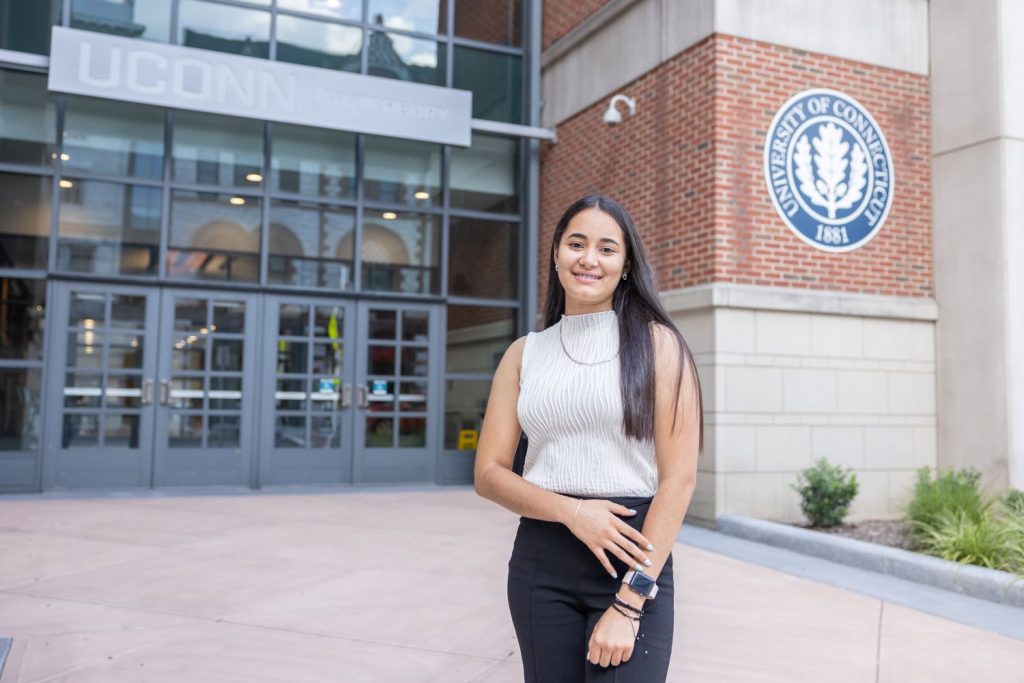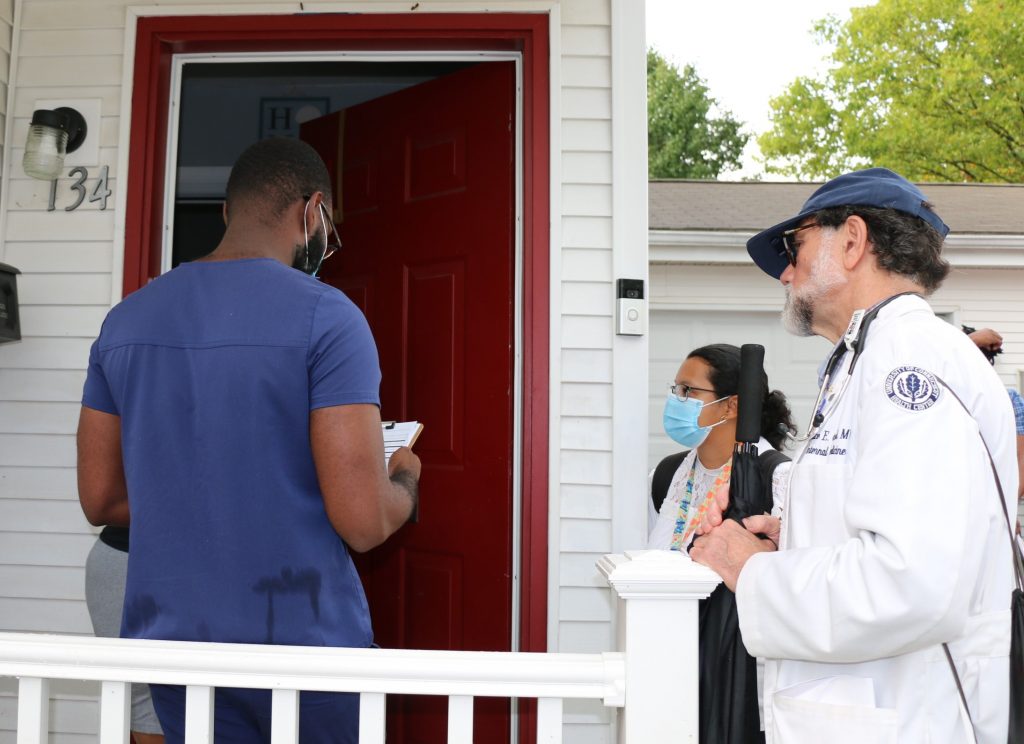Community Impact
Seeking Justice, Equity, Diversity, and Inclusion in Research
OVPR’s JEDI amplifies efforts to initiate social change.
September 7, 2022 | Matt Engelhardt
From the Horse’s Mouth: Horse Ownership in Connecticut
With 43,000 horses across the state, UConn researcher Sarah Reed shares tips to keep animals healthy and happy in Connecticut
September 1, 2022 | Anna Zarra Aldrich, College of Agriculture, Health and Natural Resources
Labor Day Report: Connecticut Occupational Illnesses Dominated by COVID-19
In 2020, workers' compensation cases stemming from illness doubled as a result of the pandemic
August 31, 2022 | Lauren Woods
Kerri Raissian, UConn ARMS Director, Appointed to Gov.’s Gun Violence Intervention, Prevention Commission
Kerri Raissian will bring her expertise studying gun violence to the Commission
August 31, 2022 | Anna Zarra Aldrich '20 (CLAS), Office of the Vice President for Research
Swap, Don’t Shop: Sustainable Fashion is Coming to UConn
A secondhand clothing store, the first of its kind, is coming to the Storrs campus this fall to help students learn about, and counteract, fast fashion
August 31, 2022 | Elaina Hancock
KSI Marks Milestone with Falmouth Road Race
Every year, researchers from UConn's Korey Stringer Institute take their work outside to help dozens of runners at the Falmouth Road Race
August 30, 2022 | Anna Zarra Aldrich, College of Agriculture, Health and Natural Resources
Allied Health Major Lets Students Make a Difference Close to Home
Emelis Santos '24 is among a growing number of students choose allied health sciences at UConn Waterbury to give back to their communities
August 29, 2022 | Anna Zarra Aldrich, College of Agriculture, Health and Natural Resources
Research Leading Way to Connecticut Schools’ COVID Recovery
UConn researchers are key members in a cross-state educational COVID-19 collaboration, co-led by Neag associate dean Morgaen Donaldson
August 26, 2022 | Matt Engelhardt
Knock, Knock: UConn Students Making Hartford House Calls with COVID Vaccines
The community initiative is a partnership of CT AHEC, based at UConn Health, with the City of Hartford Department of Health and Human Services, Harriott Home Health Services, and the Hispanic Health Council
August 25, 2022 | Lauren Woods
Tackling the Opioid Crisis in Collaboration
UConn Health is working with Community Mental Health Affiliates to carry out a recently launched intervention program that focuses on vulnerable populations by removing barriers to treatment and resources.
August 25, 2022 | Chris DeFrancesco '94 (CLAS)









